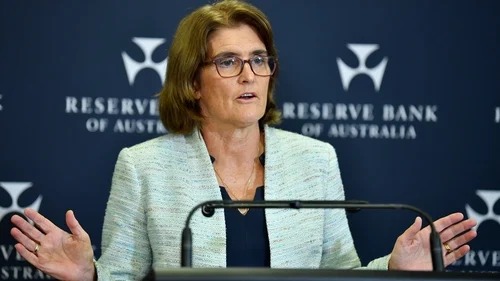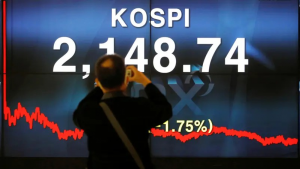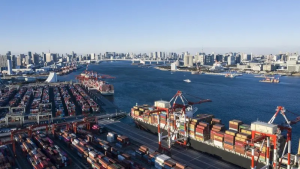During the monetary policy press conference held on Tuesday morning, Australian Reserve Bank Governor Michelle Bullock discussed the reasons behind the Reserve Bank of Australia's decision to cut interest rates from a 12-year high of 4.35% to 4.1%, the first reduction in four years in February. Bullock's key statements were as follows:
The Reserve Bank of Australia cannot declare victory over inflation yet. It is clear that high interest rates have succeeded in slowing inflation. Further interest rate cuts hinted at by the markets are not guaranteed. We cannot anticipate events regarding interest rates. It was a difficult decision, with arguments on both sides. There was an active discussion about monetary policy moves, but the better decision was to slightly ease restrictions. Today's step came as a result of the progress made by the Reserve Bank toward its goal of reducing inflation. The monetary policy of the Reserve Bank of Australia remains tight, and we are awaiting more evidence of inflation progress before moving again. We need to continue seeing a decline in wage growth rates, lower inflation in services, and reduced housing prices. The Reserve Bank needs to see some recovery on the supply side of the economy. Today's cut was a small interest rate reduction, but even if small, it will have an impact on the economy. Bullock answers journalists' questions: The Reserve Bank's view is that the best way to reduce inflation is to keep interest rates at their current levels for a long time. Now is the right time to start stepping back from interest rate increases. However, our monetary policy remains constrained, and this will continue to put pressure on inflation to move toward the target. The neutral interest rate is still very uncertain. The process of reducing inflation can be difficult and will not be a smooth ride. We only need to seriously consider changing our policy stance if inflation reverses and related indicators move in the opposite direction. Tariffs will have an impact on the economy, but the effect on inflation is less certain. We try not to focus on noise and individual changes, but rather on what may affect us. Since interest rates remain in a constrained area, this still exerts downward pressure on inflation. We have not raised interest rates at as high a rate as other countries, which had to lower them faster than us. We can still lower interest rates, but we may not have much room for cuts because we didn't raise to those higher interest rate levels in the first place. The Reserve Bank wants to see more data on inflation and the labor market before considering what to do next. The Reserve Bank is trying to find a balance, as it is walking a tightrope. The main goal of the Reserve Bank of Australia is to bring inflation back to the middle of the target range of 2% to 3%. The market has more confidence than I do in the path that will sustainably get us back to the middle of the target range. However, I still do not share the same confidence in this matter just yet. We cannot declare victory over inflation just yet. The future interest rate cuts priced in by the market are not guaranteed. The decision to cut interest rates today was difficult. Further rate cuts will depend on data. Tariff threats are unexpected and would be bad for economic activity. The decision to lower interest rates today was unanimous.











